Dry Eye Disease
Latest News
Latest Videos
CME Content
More News

Prevalence of dry eye is increasing drastically, especially in younger individuals, because of the current lifestyle and increased technology use.


Perfluorohexyloctane is the first and only treatment that targets tear evaporation to provide relief for dry eye disease

Cases address questions about how to relieve dry eyes.

The approval marks the first and only FDA-approved treatment for dry eye disease that directly targets tear evaporation.

Eye drops come in many forms and for many indications, such as redness, itchiness, dryness, allergies, dilating drops, glaucoma drops, lubricants, numbing agents, antibiotics, and to lower pressure.

Pharmacists should ascertain whether self-treatment is appropriate and suggest medical care if it isn’t.

In clinical trials, Xiidra was found to improve eye dryness scores significantly compared with placebo.

Lifitegrast ophthalmic solution (Xiidra) 5% is indicated for the treatment of the signs and symptoms of dry eye disease.

As the first nasal spray for dry eye disease, varenicline solution nasal spray could be especially helpful for patients who have difficulty administering eye drops.

Pharmacists can educate patients about treatment options for this often-overlooked condition.

The FDA has approved Eysuvis (loteprednol etabonate ophthalmic suspension) 0.25% for the short-term treatment of the signs and symptoms of dry eye disease.

Eysuvis is the first prescription therapeutic to specifically address short-term needs for patients with dry eye disease, a chronic condition affecting the tears and ocular surface.

Topical insulin helps acinar cells proliferate and speeds the repair and healing of the lacrimal gland by stimulating the insulin-like growth factor-1 receptor (IGF-1R).



























































































































































































































